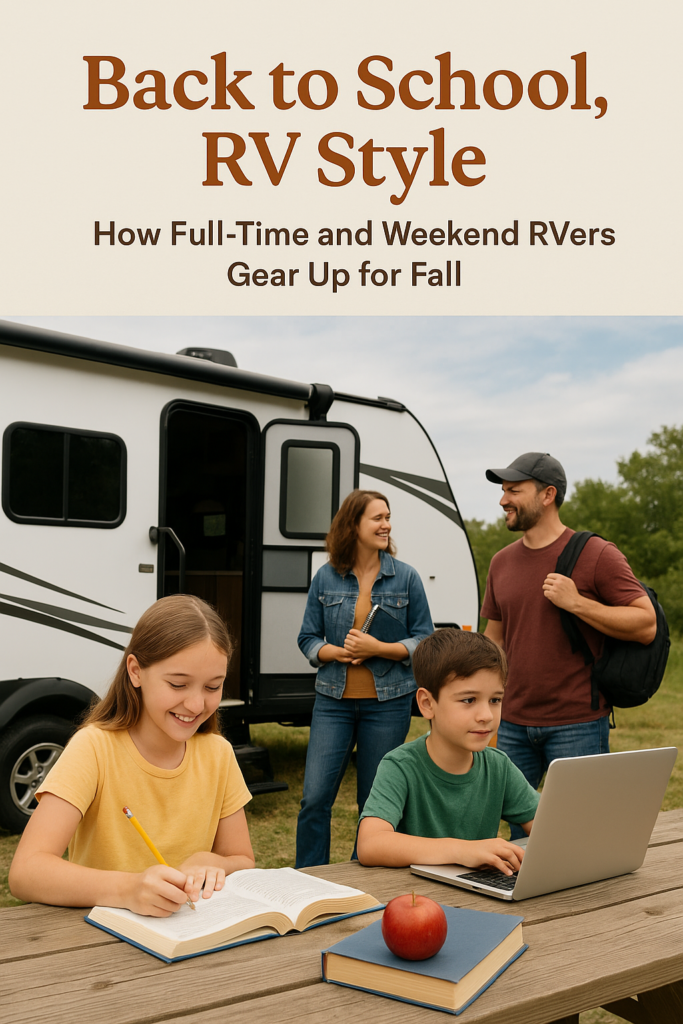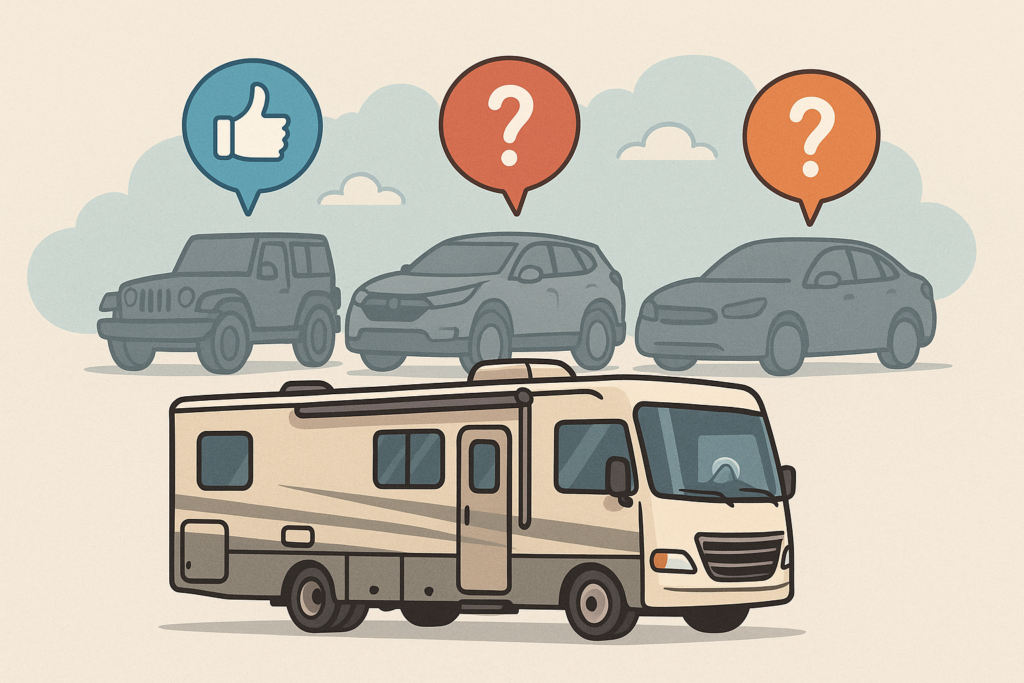In 1872, the United States Congress established Yellowstone National Park. That kicked off the creation of many more parks and protected locations over the years. Today, there are more than 400 areas that are designated as national parks.
While some of these sites aren’t parks, per se (think historical homes and libraries), many others are large tracts of beautiful, scenic lands that welcome hundreds of thousands of guests each year, including RVers. If RVing in a national park has been on your to-do list, you’re not alone. But camping in these protected areas takes some extra planning and flexibility on your part.
Here are five things to do before you embark on a national park vacation in your RV:
Make Reservations in Advance
Making sure you have a spot reserved at your park of choice is ideal. The most popular parks fill up quickly, especially during peak travel seasons. Granted, some parks offer a combination of first-come-first-served sites and reserved sites, but it’s best to reserve a spot in advance if you can.
Know Your Rig’s Size
Why is knowing your rig’s size important? Most national parks were not originally set up for massive motor coaches – or rigs of any size, for that matter – to be rolling through their gates. Some roads may be narrow, some man-made or natural bridges may have lower-than-normal clearances, and most campsites will require RVs to back in. For these and other reasons, taking accurate measurements of your RV will keep the rig’s size in the front of your mind and you’ll have a better chance of sidestepping tricky situations. Take bumper-to-bumper measurements for length – don’t forget to include any towables. You’ll also want to measure your rig’s width, including any slide outs, and height, including air conditioning units, satellite dishes, and other roof-mounted items.
Plan Your Route
Once you’ve determined your rig’s size, you can see which routes to your destination would work best for you. Try to avoid unpaved roads, overpasses with low clearances, and otherwise unfavorable roads for an RV. Another thing to consider when planning your route are the steep grades you may encounter, especially in mountainous locations. The Mountain Directory Travel Guide is a great resource, helping travelers learn about more than 700 steep grades and mountain passes in 22 states. You can also research on the park’s website to see what you should know before you arrive.
Be Prepared to Boondock
It’s highly likely that you’ll have to boondock, or dry camp, if you stay in a national park. Why? Because campgrounds that are set up in national parks are nestled among some of the nation’s most precious, protected lands. To have water and electrical hookups installed could mean that these lands would be ripped up and fragile ecosystems affected. So, it’s best to know how to boondock. That means you’ll have to conserve water and propane, figure out how long you can go before needing to dump your blackwater tank, and even learn how to limit use of your generator (many parks have strict generator usage hours, and some don’t allow them at all).
Preparing for an RV trip to a national park can be a little more intensive to plan than a regular camping trip but being able to experience and live in the majesty of our country’s most beautiful locations will make it all worth it.
What national park do you want to travel to? Leave a comment below or contact us today!






